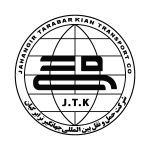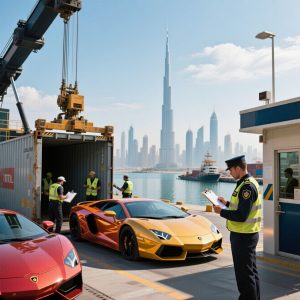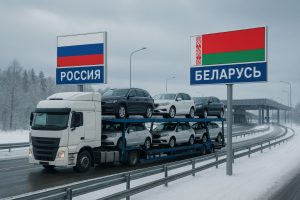The customs regulations of the Islamic Republic of Iran play a decisive role in the international transportation of vehicles. These laws can either facilitate or obstruct the entry and exit of cars. Key influencing factors include customs tariff rates, vehicle valuation procedures, required clearance documents, import/export restrictions, and registration rules.
Each stage of international car transport through Iran’s borders demands strict compliance with customs laws. For instance, cars in transit to Central Asian countries or Russia must carry valid transit permits, legal proof of ownership, and international insurance. Any deficiencies in documentation can result in customs delays or financial penalties.
One of the major challenges in this sector is the frequent change in customs procedures. New regulations and circulars are issued annually, which affect how vehicles are cleared. For example, changes in how used vehicles are valued or increases in import duties can significantly impact business decisions for transport companies and customers alike.
Digital platforms such as the EPL system have helped improve transparency and expedite customs processing. However, lack of integration between systems and occasional technical issues can still cause delays. Companies with extensive experience and knowledgeable customs specialists, like Jahangir Tarabar Kian, can manage these processes more efficiently.
Another important consideration is the variation in customs practices across different ports and borders in Iran. The implementation of customs procedures at Bandar Abbas might differ from those at land borders like Bazargan or Sarakhs. Selecting the appropriate entry or exit route based on the vehicle type, final destination, and local regulations can substantially reduce shipping time and costs.
Ultimately, working with a reliable international transport provider with strong expertise in customs clearance is key to ensuring a smooth and cost-effective process. Jahangir Tarabar Kian offers such expertise, minimizing risks and maximizing efficiency for vehicle exporters and importers.







